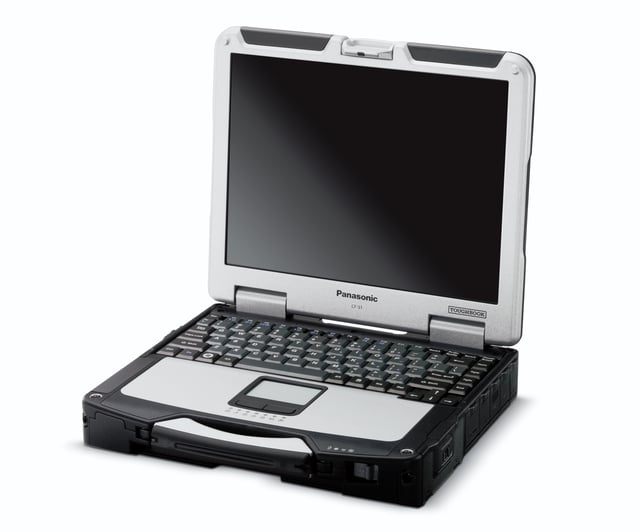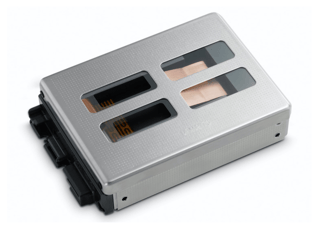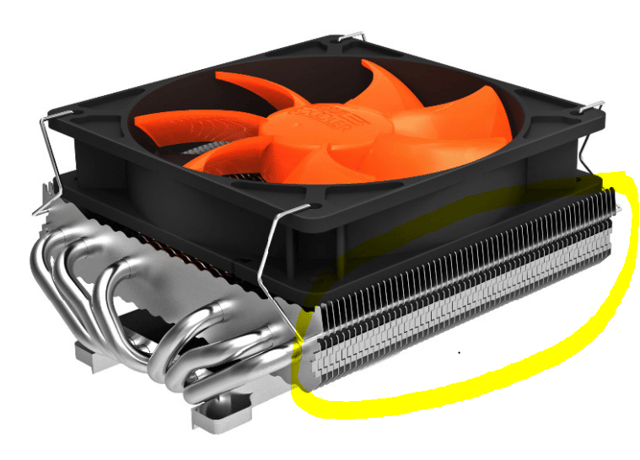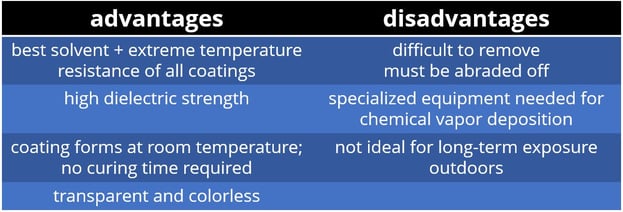Last year I upgraded my phone. It’s a beautiful phone – sleek, champagne colored. I love the feel of it. Unfortunately, I rarely see what the phone actually looks like because after purchase I immediately encased it in a hard plastic, optic yellow case with a turquoise blue rubber overlay.
I did that because I know me. I will drop the phone and it will break because it’s not meant to be dropped. And in fact, I did drop the phone last Thanksgiving — into a pan of hot gravy. Talk about a harsh environment!

Products containing electronic components call for gentle treatment. But think about the types of environments they're often exposed to:
- Extreme temperatures, both hot and cold
- Temperature fluctuations
- Dust and other particulates
- Explosive conditions
- Moisture (including gravy)
- Vibration
- Regular/continuous impact
- Power surges, either natural (i.e. lightning) or man-made
Those are pretty challenging conditions. What do manufacturers do when they’re called upon to make products they know will be used in less than optimal circumstances? How do engineers design electronics that balance safety and performance while standing up to harsh conditions?
As with any other product design, engineers start by asking a lot of questions, including:
- What is the product used for?
- Where will it be used?
- Are there temperature extremes?
- How wide are the temperature fluctuations?
- Does this product need to be watertight or airtight?
- How tight do those seals need to be?
- What sort of physical pressure does it need to withstand?
- How hard does the case need to be?
- How light does it need to be?
- Does the product need to be built to specific standards, i.e. Ingress Protection (IP), National Electrical Manufacturers Association (NEMA), Potentially Explosive Atmospheres (ATEX)?
By way of example and to keep the focus tight, let’s just look at one product — the laptop computer. Computers are used everywhere of course, but not all laptops are created equal. The expectations of conditions for my laptop use — in my office or at home — are vastly different from the conditions a laptop is subjected to on a drilling site in the Permian Basin, an oil rig in the North Atlantic or a battlefield in Afghanistan.
RUGGED
There’s a designation affixed to the type of laptop/electronics designed for harsh environments – rugged.
There are four categories of rugged electronics:
- Commercial grade
- Durable
- Semi-rugged
- Fully-rugged
Ruggedizing a product doesn't meant slapping a sturdy case around the usual configuration of components and expecting it to do the trick. Semi- and fully-rugged computers are designed to withstand elements that would cause most computers to fail completely. Military grade computers must achieve MIL-STD-810G, a rigorous testing requirement for military equipment that has also been adopted by commercial manufacturers.
Materials are instrumental in making rugged products. The Panasonic Toughbook series of rugged computers are made with a full magnesium alloy case which can withstand six foot drops and the effects of shocks and vibration.

Additionally, to protect sensitive components from vibration damage, the Central Processing Unit (CPU) is soldered onto the motherboard and the hard drive is enclosed and shock mounted.

To manufacture rugged housings, a variety of plastics are often used including acrylonitrile butadiene tyrene (ABS), polycarbonate, polyphenylsulfone (PPSU), ultra high molecular weight polyethylene (UHMW) and nylon. Sometimes materials are used in combination to increase impact resistance. Elasometric polymers which can deform and reform after impact can also be added to the material to provide additional resistance to impact.
KEEP IT COOL
Electronics like even temperatures. When designing for conditions where the circuits will be in extremely high temperatures, engineers will often use cooling slots or cooling fins. Look at the bottom or side of your laptop. Those openings allow the heat generated by various components inside the computer to escape. If you looked inside your computer, you would see cooling fins (see circled below), like those attached to heatsinks which move heat away from the source — in this case, the CPU.
 Photo courtesy Aliexpress
Photo courtesy Aliexpress
DRY AS A BONE
Unless designed for a specific purpose, electronics and water don’t usually mix. Metal pieces in components, like contacts, are usually made from brass, phosphor bronze or beryllium copper. The contacts are protected from corrosion by plating or coating with other metals like nickel, tin, silver or gold which is generally considered the “gold standard” for plating material.

Printed circuit boards (PCBs) are dipped in conformal coatings — thin layers of polymeric film — to keep the circuits dry and dust free. There are several types of conformal coatings that protect the PCB, with their own pros and cons:
Urethane Resin (UR)
Urethane resins can be either single- or double-part substances.

Acrylic Resin (AR)
Acrylic resins are preformed acrylic polymers that have been dissolved in a solvent (source: ACI Technologies). They are typically one-part substances.

Epoxy Resin (ER)
Urethane coatings are usually two-part compounds, although one-part varieties are also available.

Silicone Resin (SR)
Silicone resin coatings are single-component compounds that are often chosen for electronics that will be subjected to extreme temperature ranges.
![]()
Parylene (XY)
Parylene coatings are applied through a process called chemical vapor deposition. Parylene becomes a gas when heated. After cooling, it is put into a vacuum chamber, where it polymerizes and turns into a film. The film is placed over the electronics.

The key to good product design is gathering as much information as possible on the front end, asking questions and making sure everyone is on the same page. That process becomes all the more important when you know the electronics in the product will be exposed to a harsh environment in mission-critical applications.
Read more:




.jpg?width=176&height=56&name=MR_associatedNetwork_logo%20(1).jpg)